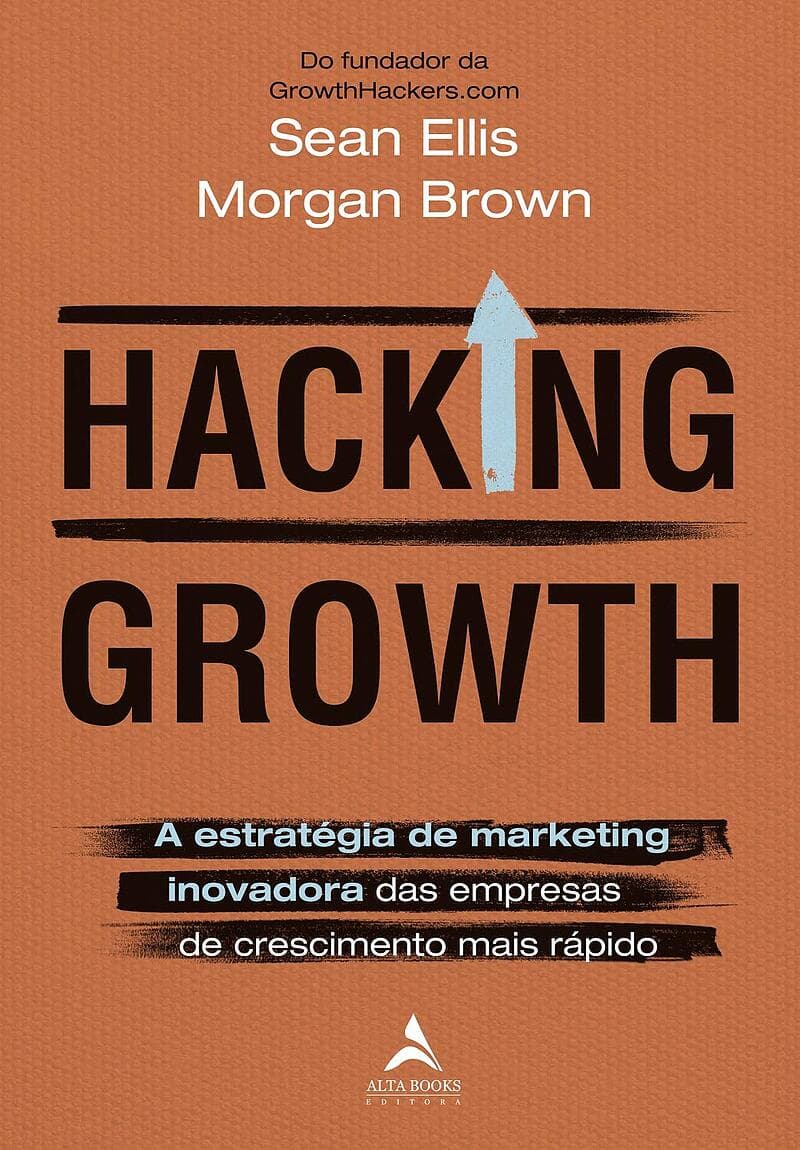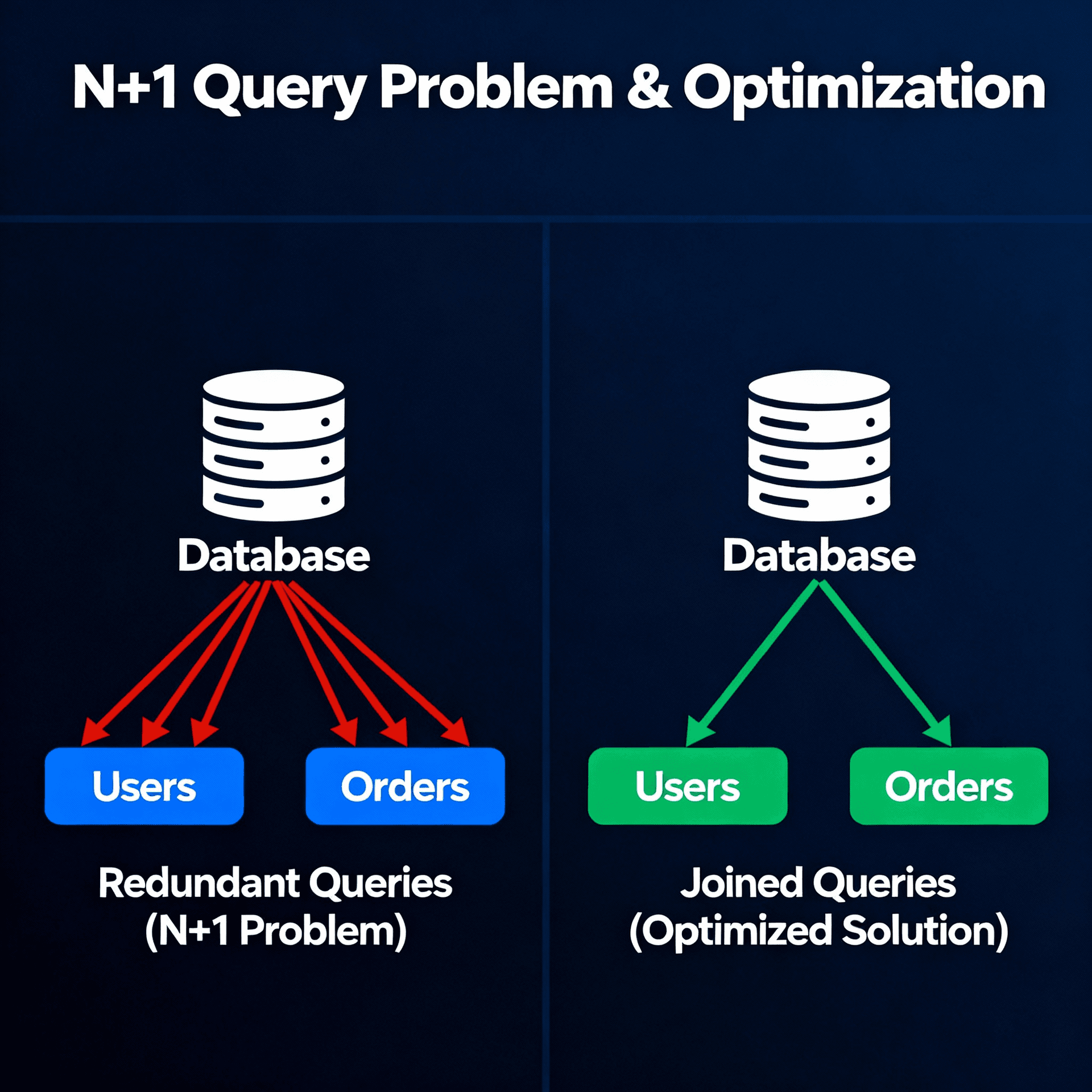Hacking Growth

The authors introduce the concept of Growth Hacking: the systematic process used by companies to increase and maintain their customer base and revenues, based on constant learning and experimentation.
With the cost of online advertising increasing, the authors realized that it was necessary to innovate and gain traction with growth hacks such as:
- Providing embeddable widgets for small sites to place small games that direct users to the Uproar advertiser platform;
- Making it clear that their product (LogMeIn) was free with a link to buy the paid version, leading to comparison between the two;
- Adapting PayPal's referral reward model: $10 per referral for 250MB of storage on Dropbox;
It was by using programming and marketing know-how to grow in the digital context that the authors created the culture of Growth Hacking.
"The popular myth is that these companies exploded just because they had a great idea - an idea so brilliant and transformative that it took the market by storm. This version of the story is clearly false. For none of them was it easy or quick to achieve mass adoption - far from it. It wasn't the immaculate conception of a revolutionary product, nor an isolated flash of insight, a stroke of luck or a masterstroke, that led them to success. Their success was the result of swift and methodical activity of generating and testing new ideas for product development and marketing, as well as using data on user behavior to arrive at the big ideas that boosted growth."
Foundations for executing the Growth Hacker process:
- Creation of a multidisciplinary team or a series of teams that break down barriers between traditional marketing and product development departments and combine talents;
- Use of qualitative research and quantitative data analysis to deeply understand user behaviors and preferences;
- Rapid generation and testing of ideas and use of rigorous metrics to evaluate results and act on them.
The process is a continuous cycle with four major stages:
- data analysis and insight seeking;
- idea generation;
- experiment prioritization;
- test execution.
However, before starting the ambitious growth process, it's necessary to discover if the product is bringing something essential to the market - a "must-have" - or "nice but dispensable". The hard truth, however, is that there's no marketing or advertising - no matter how well-crafted - capable of making the public like a product that falls short. If you haven't created and identified the great value of your product before pursuing growth, you'll obtain, at best, illusory growth and, at worst, market rejection (as we saw with Clubhouse).
Research to discover if your product is Must-Have:
- How disappointed would you be if this product ceased to exist tomorrow?
a) Very disappointed.
b) Somewhat disappointed.
c) Not disappointed - actually, I don't find it very useful.
d) N/A - I stopped using this product some time ago
- If 40% or more of the responses were "Very disappointed", the product has achieved a sufficient degree of necessity, of must-have - green light to step on the growth accelerator.
- If 25% to 40% of respondents answered "Very disappointed", it's necessary to adjust the product or the language used to describe it and how to use it.
- If less than 25% answered "Very disappointed", it may be that the audience you attracted is not the most suitable or that the product needs to improve considerably until it's ready for a growth campaign
- What would you use instead of [product name] if it ceased to exist
a. I probably wouldn't use anything instead.
b. I would use the product __________________.
-
What was the biggest benefit you got from [product name]?
-
Have you recommended [product name] to anyone?
a) No.
b) Yes. (Please explain how you described it.)
-
What kind of person do you think would benefit most from [product name]?
-
How can we improve [product name] to make it more useful to you?
-
Can we contact you by email to better understand one or more of your answers?
These surveys are fundamental to listening to customers. A big example was YouTube, which was born as a dating platform and users posted various videos of dogs and cats on their profiles. Seeing this behavior, they pivoted to become the largest video platform of all types.
"Aha" Moment:
That moment when it clicks for the user and they truly understand the product's utility, its core value: what it's for, why it's necessary, and what's the advantage in using it - in other words, why the product is must-have. It's this experience that transforms circumstantial fans into frequent users and even evangelists.
New User Experience (NUX):
The NUX should lead the user to the "Aha" moment, a unique experience for new users helps the user understand the product's core value.
How to identify your growth levers:
Don't use vanity metrics but look for: North Star Metric (NSM): The NSM should be the metric that captures as precisely as possible the core value you deliver to your customers.
It's no use wanting to analyze several metrics and not act: "A good plan violently executed now is better than a perfect plan executed next week" - American General George Patton
Testing at an accelerated pace:
"Learning fast to learn more is the goal - and the great benefit - of the growth hacking accelerated testing process. Which company grows more? The one that learns faster. It's very simple: the more experiments are done, the more you learn. This high volume is ideal because, in most cases, the result is not as expected. Some tests are inconclusive: the results even suggest that the idea is good, but are not convincing enough to support the tested change. Others bring small victories. Few lead to spectacular leaps. To have any gain, big or small, you need to bet high"
HOW DO THE BEST CUSTOMERS BEHAVE?
• What features or resources do they use?
• What app screens do they visit?
• How often do they open the app?
• What do they buy?
• What's the average value of their orders?
• On what days and times do they make purchases?
WHAT ARE THE CHARACTERISTICS OF THE BEST CUSTOMERS?
• How were they acquired: through advertising, promotional email to the company's customer base, or another form?
• What device do they use?
• What's their demographic profile, including age, income, and other information?
• Where do they live?
• What's their proximity to a supermarket in the chain or other stores?
• What other apps do they use?
WHAT SITUATIONS LEAD USERS TO LEAVE THE APP?
• Which app screens have the highest exit rate?
• Is there any failure or bug preventing users from performing a specific action?
GROWTH HACKING CYCLE
PHASE 1: ANALYSIS
• How are the prices in the app compared to other services?
• What actions do these users (those who leave the app) not do, but users who buy do?
• What path do they take in the app and how long do they spend in the app before leaving it?
PHASE 2: IDEATION
The renowned chemist Linus Pauling said that "to have a good idea, you need to have many" At this time, no self-censorship: no idea is too absurd to be suggested. Although each team member is responsible for suggesting ideas related to their area of expertise, it's allowed to present ideas in other areas. The user experience designer can, for example, propose changes in screen layout; the marketing specialist can think of different ways to encourage users to make the first purchase; and engineers can give ideas to increase the speed of the application.
PHASE 3: PRIORITIZATION
At GrowthHackers, to organize the ideas generated in the ideation process of the cycle, Sean developed the ICE score system, a scoring system where "ICE" refers to impact, confidence, and ease.
- IMPACT: It's the expectation of the positive effect the idea will have on the metric defined by the team - which, in the case of the supermarket chain app, is revenue per user.
- CONFIDENCE: This score indicates to what extent the author believes that their idea will produce the expected impact. It should be based not only on conjectures but on some evidence, from data analysis, examination of industry benchmarks, published cases, or lessons learned from previous experiments.
- EASE: Ease is the indicator of time and resources required to conduct the experiment.
Other systems:
- Bryan Eisenberg, considered the father of conversion optimization, recommends his, the TIR system (acronym for time, impact, and resources).
- Another is PIE (for potential, importance, and ease).
- And many teams develop their own system, made for their specific needs.
PHASE 4: TEST
Once defined what tests will be done in the next week's cycle, the respective ideas move to what we call the Up Next queue. This queue can be a simple spreadsheet, if the control is manual, or a special task list, if the team is using a project management program. Now it's time for those responsible for the tests to work with other members of the growth team and/or with colleagues from departments that need to make some contribution to prepare and execute the tests
Growth Meeting:
15 MINUTES: CHECK METRICS AND UPDATE FOCUS AREA
MAIN POSITIVE FACTORS: improvements in metrics due to tests or some factor unrelated to team activity; MAIN NEGATIVE FACTORS: performance decline and examination of problems that are preventing growth; GROWTH FOCUS AREA: in what area of user experience or growth lever is the team focused?
10 MINUTES: ANALYZE THE TESTING ACTIVITY OF THE PREVIOUS WEEK
The examination of the results of initiatives from the previous week includes: PACE: number of tests launched in the previous week and comparison with the team's goal. NUMBER OF UP NEXT TESTS NOT LAUNCHED IN THE PREVIOUS WEEK: the objective of this discussion is to explain why these tests were postponed.
15 MINUTES: IDENTIFY THE MAIN LESSONS LEARNED FROM THE ANALYZED EXPERIMENTS
The growth leader and data analyst, along with the person responsible for a particular test (such as the product manager in charge of developing a new feature), examine the preliminary results of launched tests, as well as the conclusive results of experiments already subjected to a complete analysis.
15 MINUTES: CHOOSE GROWTH TESTS FOR THE NEW CYCLE
Team members discuss candidates for the next battery of tests. The growth leader asks each of them for a quick description of the ideas they chose
5 MINUTES: ANALYZE THE GROWTH OF THE IDEA PIPELINE
The growth leader informs the number of ideas that are in the queue waiting to be considered or tested
Hacking for acquisition
"Gaining more customers is undoubtedly important for any company. However, if the company spends more than it expects to earn to do so, we would say there's a problem. The number of organizations that make the mistake of spending absurd amounts to attract potential customers is incredible, and everything indicates that things only tend to get worse: digital advertising spending in the United States has doubled since 2010."
The first phase of the work to scale customer acquisition will be dedicated to ensuring two other types of fit: the language/market fit, which consists of presenting the product's advantages with a message that captivates the target audience, and the channel/product fit, which is the choice of appropriate marketing channels - paid search advertising, viral marketing, content marketing - for the product to reach this audience.
Hacking for activation
Hacking for activation After all the effort to attract potential customers, how to make them really use your product - or, in the vocabulary of growth hacking, how to activate them? Unfortunately, many companies struggle here. Suffice it to say that 98% of website traffic does not lead to activation and that most mobile apps lose up to 80% of users three days after download.
CONVERSION RATE = DESIRE – FRICTION
As the formula suggests, the more a person desires your product, the more friction they will be willing to face in this journey. But it's always good to reduce friction to increase product activation.
Hacking for retention
"Peter Drucker, the legendary management guru, said long ago that the great purpose of a company is to create and keep customers. However, although no one disagrees with this management maxim, in most organizations the user loss rate - churn - is abysmal. When crossing the threshold of initial retention, the user enters the intermediate retention phase, a period in which interest in the product's novelty generally decreases. The great challenge for the growth team at this intermediate stage is to make the use of the product a habit. The secret here is to maintain the customer's perception that the product is must-have"
It's necessary to monitor cohorts (set of people who have in common an event that occurred in the same period) to analyze what is causing greater retention.
- Create habits in your users. Hook Model: Trigger -> Action -> Reward -> Investment
- Customer as brand ambassador: VIP program, social rewards
- Recognition of achievements (Gamification)
- Launch of new features and continuous onboarding.
Hacking for monetization
Make your monetization flow and segment your customers by monetization. Who are the customers that give you the most profit? Their location, age and gender, category of items purchased or features used, means by which the customer was acquired (Google ad, referral program), type of device used to access the site or application (computer or mobile, Microsoft Windows or Apple), internet browser used, number of visits to the site or application in a certain interval and date of first purchase or action taken.
Deliver value with personalization, give purchase suggestions (in a non-invasive way) to increase the average ticket. The Jaccard index or similarity coefficient can be used for these suggestions.
Research to discover the price to charge:
• At what value would [product name] become so expensive that you wouldn't even consider buying it?
• At what value would [product name] start to become expensive, but you would still consider buying it?
• At what value would [product name] start to have a good cost-benefit ratio?
• At what value would [product name] start to be so cheap that you would even question its quality?
Regardless of the product being monetized, when creating options for customers, it's necessary to ensure that the price is proportional to the benefit they are getting from using it.
- Is the value metric aligned with the customer's perception of value?
- Does the metric scale as the customer uses the product more?
- Is it easy to understand the price?
Understand consumer psychology
PRINCIPLE OF RECIPROCITY: The human being is programmed to return favors, give something for free to the customer before asking them to commit to your product.
PRINCIPLE OF COMMITMENT AND CONSISTENCY: Cialdini discovered that when a person says or does something, it's very likely that they will continue acting in the future in a manner consistent with that previous action.
PRINCIPLE OF SOCIAL PROOF: People want to conform to social norms. Sometimes a simple phrase showing that other people are buying something encourages users to buy as well.
PRINCIPLE OF AUTHORITY: Studies show that human beings tend to trust experts and authorities in a certain area more than someone without this distinction.
PRINCIPLE OF LIKING: Our tendency to buy is also greater when a product or service is recommended by people we like
PRINCIPLE OF SCARCITY: Using scarcity as a strategy to sell means awakening FOMO (fear of missing out) in the consumer.
A virtuous cycle of growth
Don't fall into "Growth Stall": lapses in strategic vision and product innovation that lead to stagnation. Don't be afraid to double down and test new solutions for product growth.
Tools:
- GrowthHackers Community founded by Sean Ellis;
- Optimizely
- Visual Website Optimizer
- Kissmetrics
- Title Machine;
- Persona Generator;


